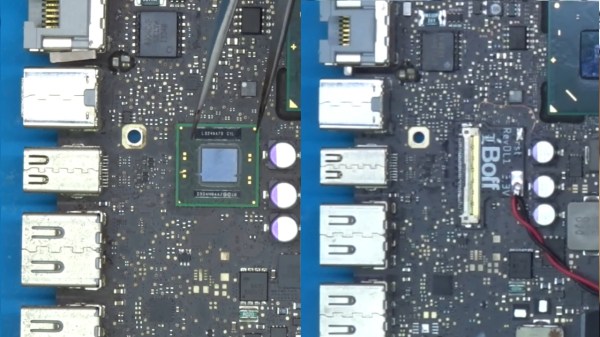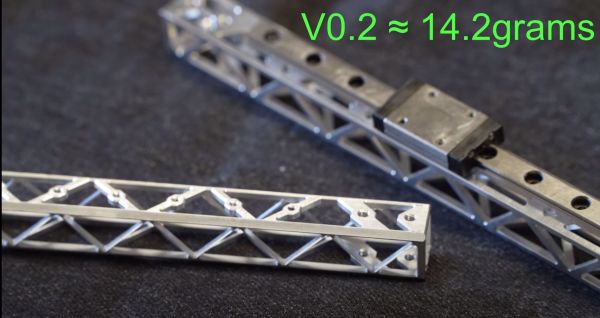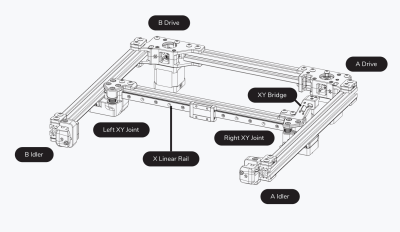Perhaps rather unexpectedly, on the 14th of March this year the GCC mailing list received an announcement regarding the release of the first ever COBOL front-end for the GCC compiler. For the uninitiated, COBOL saw its first release in 1959, making it with 63 years one of the oldest programming language that is still in regular use. The reason for its persistence is mostly due to its focus from the beginning as a transaction-oriented, domain specific language (DSL).
Its acronym stands for Common Business-Oriented Language, which clearly references the domain it targets. Even with the current COBOL 2014 standard, it is still essentially the same primarily transaction-oriented language, while adding support for structured, procedural and object-oriented programming styles. Deriving most of its core from Admiral Grace Hopper‘s FLOW-MATIC language, it allows for efficiently describing business logic as one would encounter at financial institutions or businesses, in clear English.
Unlike the older GnuCOBOL project – which translates COBOL to C – the new GCC-COBOL front-end project does away with that intermediate step, and directly compiles COBOL source code into binary code. All of which may raise the question of why an entire man-year was invested in this effort for a language which has been declared ‘dead’ for probably at least half its 63-year existence.
Does it make sense to learn or even use COBOL today? Do we need a new COBOL compiler?















